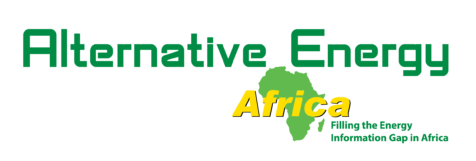SolarAid chairman Jeremy Leggett began a journey with SunnyMoney in Kenya and Zambia to deploy solar solutions to rural areas.
On day one Leggett heads to Bungoma, Kenya, located near the border of Uganda, to deliver 300 solar lights to the Education Commissioner’s office. The group meets with 80 headmasters and headmistresses discussing the three types of solar lights, benefits, prices, and ordering options. The next day, he ventures to another Kenyan town, Eldoret, to a village called Cheptongwe. The group delivered solar lights to educationers who placed earlier orders via SunnyMoney’s call center. One-third of the group had already paid via M-pesa while others brought cash for their orders.
The third day saw Leggett and his counterparts traveling three hours outside of Lusaka to conduct market research. The questionnaire for potential clients includes 39 questions covering every aspect from consumption and spending to circumstances and preferences. Despite thinking that kerosene would be the main competitor for solar lamps, Leggett said that the research thus far conducted showed that it was rather cheap lanterns driven by non-rechargeable batteries. He said: “People spend a small fortune on batteries. The payback on a solar light can be measured in weeks. Yet we see very few solar lights.”
Prior to this trip, SolarAid has sold roughly 500,000 lights in the past six months across four countries.
Visit our Facebook pageor follow us on Twitterto receive even more news and updates from Alternative Energy Africa.
